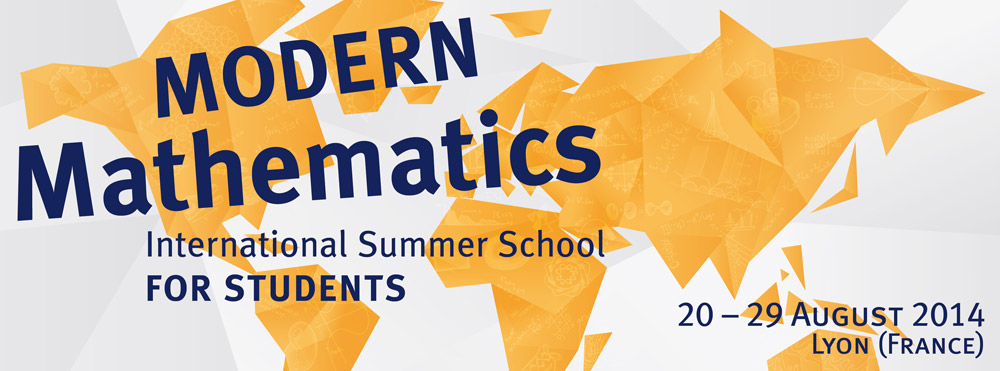"Percolation" by Christophe Garban
The most well-known example of a phase transition is what occurs when water suddenly freezes when the temperature drops below 0 degree Celsius. Such phase transitions are omnipresent both in everyday life and in theoretical physics. A common feature shared by phase transitions is the fact that at equilibrium, when one varies the temperature gently, the structure of the system drastically changes at a precise critical temperature (and the two phases only coexist at that precise temperature). The purpose of this talk will be to introduce a very simple, yet fascinating, mathematical model which will undergo such a phase transition. This model, called percolation, can be defined roughly as follows (more details will be given in the talk): consider the square grid in the plane, usually denoted by Z^2 (but you may also think of an infinite chessboard), and keep each edge of this grid independently with probability p (where p is some fixed parameter in the interval [0,1]). If p=1/2, this means that for each edge, one tosses a fair coin to decide whether one keeps that edge or not. If p<1/2, one would have to use a biased coin instead. Just to picture a little bit what this means: the higher p is, the denser the graph is (in fact the proportion of edges that are kept is given by the parameter p, usually called the "intensity"). The striking fact about this simple probabilistic model is that there exists a critical "temperature" 0<p_c<1 such that when the intensity p is below p_c, then all the connected components of the random graph thus created are finite, while if p>p_c there is a unique infinite connected component.

